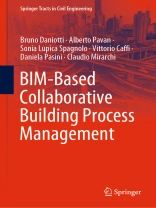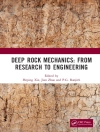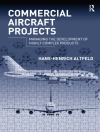The book reports on the great improvements in the information and knowledge management due to the digitalization of the building sector. By summarizing several research projects addressing the implementation of BIM in different stages of the building process, and the definition of standards at Italian, European and international levels for managing information relying on the implementation of BIM-based processes, it showcases the efforts, especially within the Italian building sector, to build a standardized structure of information and develop tools for collecting, sharing and exchanging information between stakeholders involved in different stages of the building process, so as to enhance the storage, traceability, usability and re-usability of information management. Further, it presents an enhanced use of information that relies on the adoption of the standardized structure of information, and proposes dedicated applications for automating the process of information fruition. Lastly, it features a digital platform for different stakeholders in the building sector, such as manufacturers, producers and construction companies.
Tabela de Conteúdo
Introduction.- Evolution of the building sector due to digitalization.- Standardized structure for collecting information according to specific BIM uses.- Standardized guidelines for the creation of BIM objects.- Collaborative working in a BIM environment.- Benefits and challenges in implementing BIM in Design.- Benefits and challenges of BIM in construction.- Benefits and challenges using BIM for operation and maintenance.
Sobre o autor
Bruno Daniotti is professor of building production at Politecnico di Milano, Italy.












